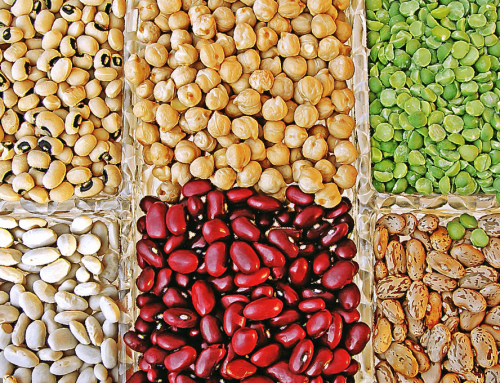The word “sofrito” is Spanish. It means to lightly fry something, such as by sautéing or stir-frying. Technically speaking, sofrito is not a recipe or dish but a cooking method. In most cases, sofrito is the foundation upon which the rest of a recipe is built.
Meat, chicken, fish, legumes and vegetables can all be cooked in sofrito sauce.
Sofrito originated in Spain in 1324. However, the original sofrito did not contain tomato. Tomato was added to sofrito in the 16th century when Columbus brought them back from the Americas. https://www.thespruceeats.com/basic-sofrito-2138264

Spanish sofrito today is a mixture of lightly fried onions, garlic, herbs (oregano), spices (paprika, cumin), white wine, tomatoes, other vegetables, (usually green capsicum) in olive oil. It is used as a base for soups and stews containing vegetables, legumes, pasta, rice or meat. It adds flavour (and nutrition). Sofrito is widely used in Latin America to flavour their dishes. However, it has been adopted and adapted by other countries, especially Italy and Greece, where it is called “salsa”.
Salsa based “moist” dishes have become an integral part of the traditional “Mediterranean” diet. One could argue that you are not really following a Mediterranean diet if you do not eat salsa-based dishes a few times a week as recommended by the PREDIMED study which showed the health benefits of this diet (and to some respects its cuisine).
In Greece, “salsa” differs to sofrito in some notable ways. Capsicum, especially green, is not normally used. Unlike sofrito, fresh herbs are used like parsley, mint, dill (but rarely basil which is used in Italian salsa). Dried herbs are also used like bay leaf, oregano and rosemary. Spices may include cinnamon, clove, allspice (but rarely paprika, cumin or chilli as used in sofrito). Red wine is used instead of white wine.







